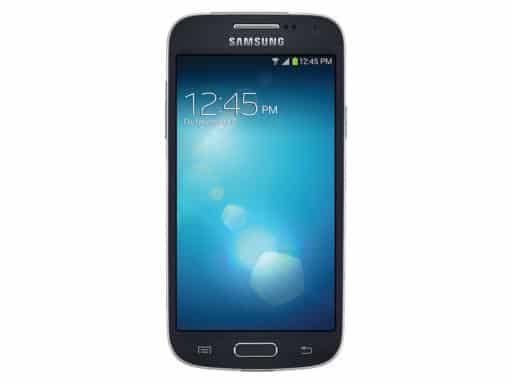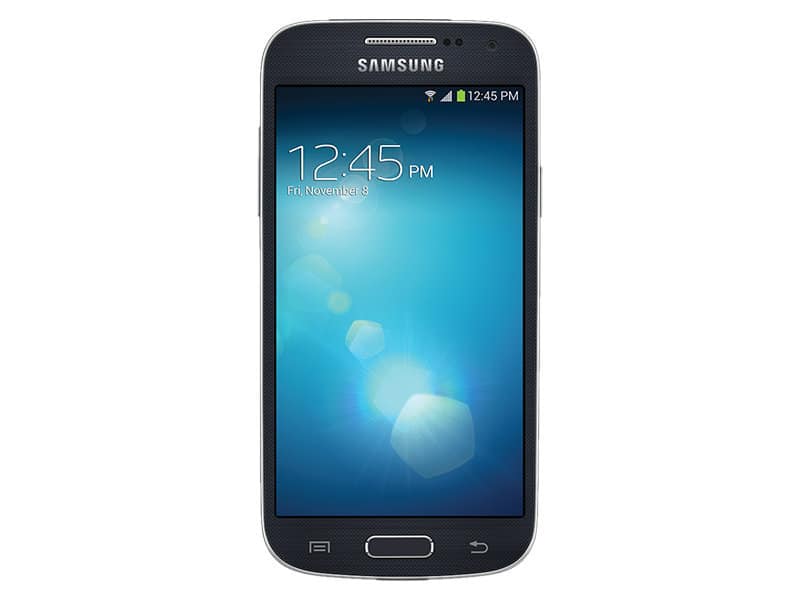Mobile Phones: so many things to know…When buying one you really need to check out the frequencies covered, eg it must have 3G = 850 to function on Telstra’s nextG network, which offers superior connectivity in rural areas. Nearly all Samsung phones have an external antenna connection point under the back cover (you may have to drill, or the antenna/patch lead suppliers may supply a pre-drilled cover, eg http://telcoantennas.com.au/site/samsung-galaxy-s4-patch-lead-and-back-cover-combo ). You also need to really check all the phone features (eg here:http://www.gsmarena.com/samsung_i9190_galaxy_s4_mini-5375.php) Beware: most of the dual SIM phones do not offer nextG connectivity. Bizarrely, some (quite high-end) phones do not have wi-fi, GPS or a radio & etc.

To utilise the excellent Avenza Pdf maps app, you will need a phone above Android @ 4.1 (some are upgradeable) AND a certain amount of (internal) memory. This IS an excellent App for bushwalking, 4WDriving & etc as it allows you to download (eg) Vicmaps & utilise GPS on them. It IS also possible to convert other maps to GPS and to ‘geo-reference’ maps which aren’t (More about this later).
Dual Sim is useful particularly if you want pre-paid data, but don’t want to lug around an additional device (which you have to charge separately). These folk (http://www.magic-sim.com.au/) have an add-on dual Sim gadget which fits most phones (for less than $50) which will allow you to do this (or have two providers eg Telstra and Optus). Very few phones fit in your pocket nowadays (ie are less than 5”/125mm long) ; rare exceptions are the Samsung Galaxy Y, Ace, and S4 Mini.

